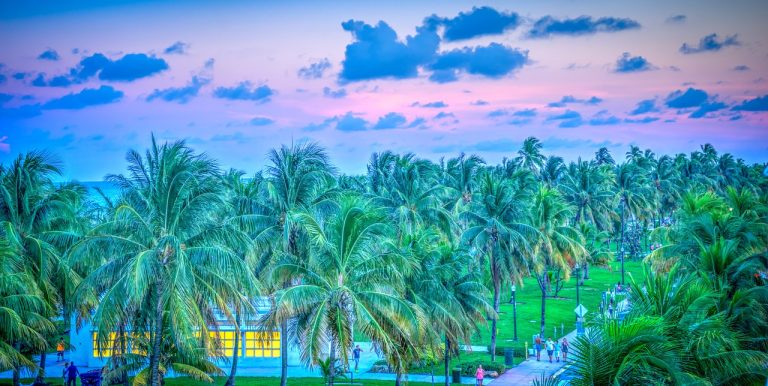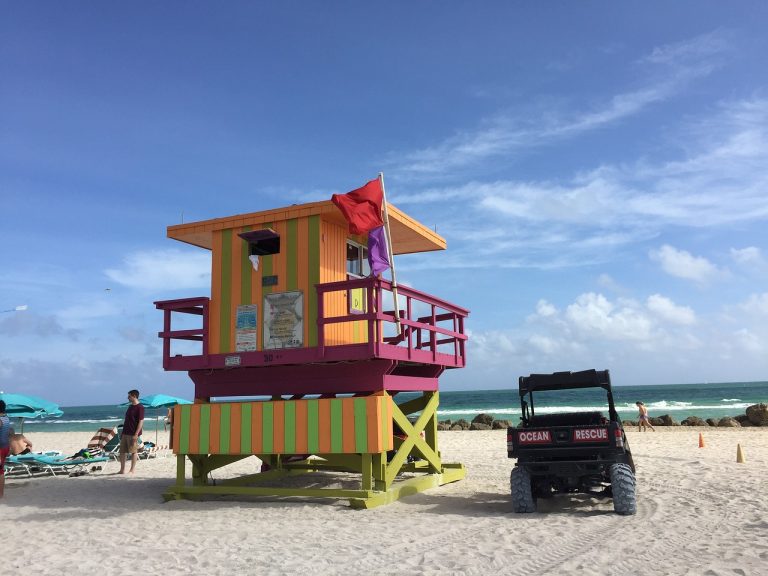Miami Florida Video
Historical Landmarks of Miami Florida: A Deep Dive
Miami, Florida is a vibrant city known for its stunning beaches, lively nightlife, and rich cultural heritage. Beyond its modern attractions, Miami is also home to several historical landmarks that offer a glimpse into the city’s past. In this article, we will take a deep dive into some of the most significant historical landmarks in Miami.
Vizcaya Museum and Gardens
- Architecture: Vizcaya Museum and Gardens is a stunning Italian Renaissance-style villa that was built in the early 20th century. The architecture of the villa is inspired by European palaces and features exquisite details and craftsmanship.
- Gardens: The expansive gardens surrounding the villa are beautifully landscaped and feature sculptures, fountains, and a variety of plant species. The gardens offer a peaceful retreat and provide visitors with a tranquil environment to explore.
- History: Vizcaya was built as the winter residence of industrialist James Deering. It was completed in 1916 and served as a private estate until it was converted into a museum in 1952. Today, it is a National Historic Landmark and a popular tourist attraction.
Miami Florida Image 1: 
Art Deco Historic District
- Architecture: The Art Deco Historic District in Miami Beach is renowned for its iconic Art Deco architecture. The district showcases over 800 buildings with vibrant pastel colors, geometric shapes, and intricate details that reflect the architectural style popular in the 1920s and 1930s.
- Preservation: The district is a testament to the efforts of preservationists who fought to protect these historic buildings from demolition. In the 1970s, the Art Deco Historic District was recognized for its architectural significance and listed on the National Register of Historic Places.
- Nightlife: In addition to its architectural appeal, the Art Deco Historic District is also known for its vibrant nightlife. The district is home to numerous bars, restaurants, and clubs, making it a popular destination for those seeking entertainment.
Miami Florida Image 2: 
Freedom Tower
- Symbol of Freedom: The Freedom Tower is an iconic landmark in Miami that served as the headquarters for the Miami News & Metropolis newspaper from 1925 to 1957. It later became a symbol of freedom for Cuban refugees fleeing Fidel Castro’s regime in the 1960s.
- Cuban Refugee Assistance: During the 1960s, the Freedom Tower was used as a processing center for Cuban refugees arriving in Miami. It provided them with medical care, food, and assistance in finding housing and employment.
- Museum and Cultural Center: Today, the Freedom Tower houses the Miami Dade College Museum of Art and Design. It also serves as a cultural center, hosting exhibitions, lectures, and events that celebrate Miami’s diverse heritage.
Villa Vizcaya
- Architecture: Villa Vizcaya is a stunning Italian Renaissance-style villa that was built in the early 20th century. The architecture of the villa is inspired by European palaces and features exquisite details and craftsmanship.
- Gardens: The expansive gardens surrounding the villa are beautifully landscaped and feature sculptures, fountains, and a variety of plant species. The gardens offer a peaceful retreat and provide visitors with a tranquil environment to explore.
- History: Villa Vizcaya was built as the winter residence of industrialist James Deering. It was completed in 1916 and served as a private estate until it was converted into a museum in 1952. Today, it is a National Historic Landmark and a popular tourist attraction.
Miami River
- Historical Significance: The Miami River has played a crucial role in the development of Miami since its early days. It was a vital transportation route for settlers and played a significant role in the city’s trade and commerce.
- Riverwalk: The Miami Riverwalk is a scenic pedestrian promenade that runs along the Miami River. It offers stunning views of the river, passing boats, and the city skyline. The Riverwalk is a popular spot for strolling, jogging, and enjoying the outdoors.
- Revitalization: In recent years, the Miami River has undergone a revitalization effort, with the development of waterfront parks, restaurants, and residential complexes. This has transformed the river into a vibrant and lively area for locals and visitors alike.
Miami Florida Image 3: 
Miami City Cemetery
- Historical Burial Ground: The Miami City Cemetery is the oldest cemetery in Miami and serves as the final resting place for many of the city’s early pioneers and residents. It offers a glimpse into Miami’s past and provides a serene and peaceful setting.
- Notable Burials: The cemetery is the resting place of many notable individuals, including Julia Tuttle, known as the “Mother of Miami,” and Dr. James Jackson, one of Miami’s first physicians.
- Historic Preservation: Efforts have been made to preserve and maintain the cemetery’s historical integrity. Visitors can explore the cemetery and learn about the city’s early history through the tombstones and markers.
Conclusion
Miami, Florida is not only a modern and bustling city but also a place with a rich historical heritage. The historical landmarks discussed in this article offer a unique glimpse into Miami’s past, showcasing its architectural beauty, cultural significance, and historical importance. Exploring these landmarks allows visitors to appreciate the city’s vibrant history and the diverse influences that have shaped its identity.
References
– vizcaya.org
– mdpl.org
– miamidade.gov
– historymiami.org
– miamigov.com







